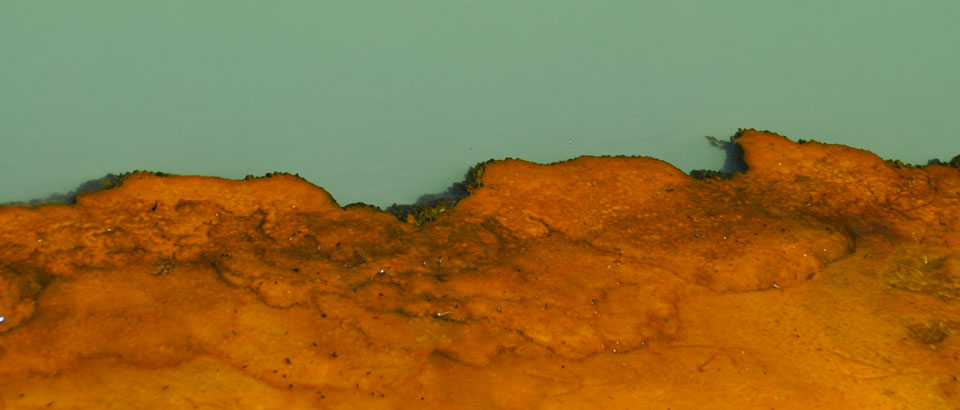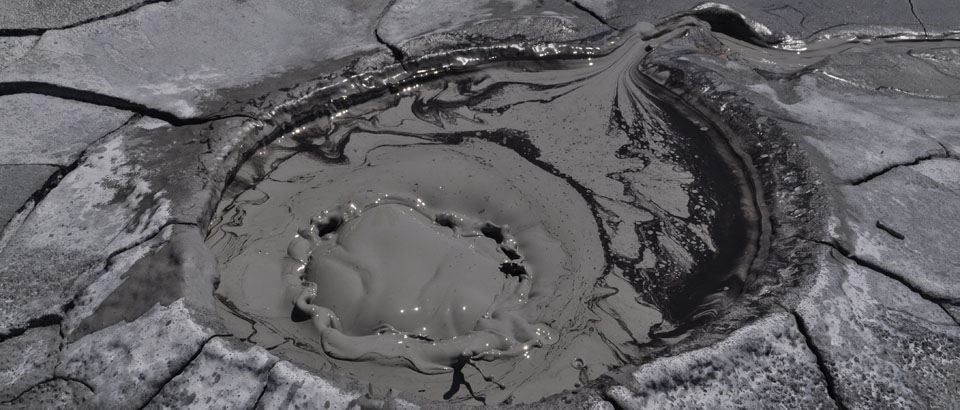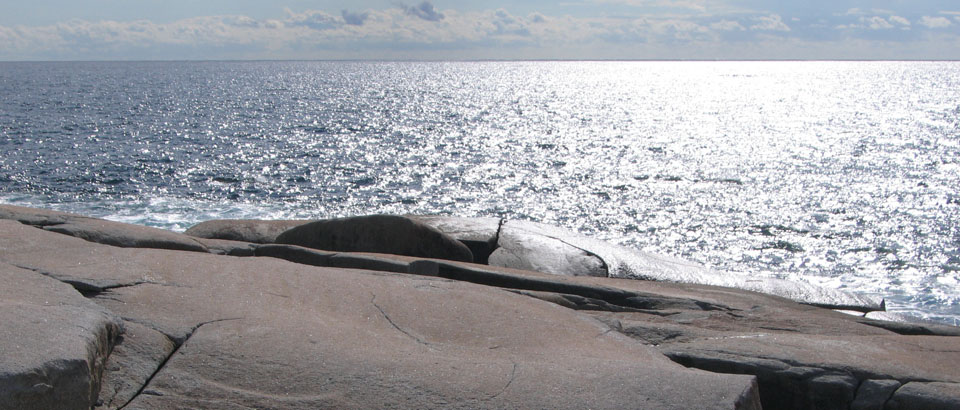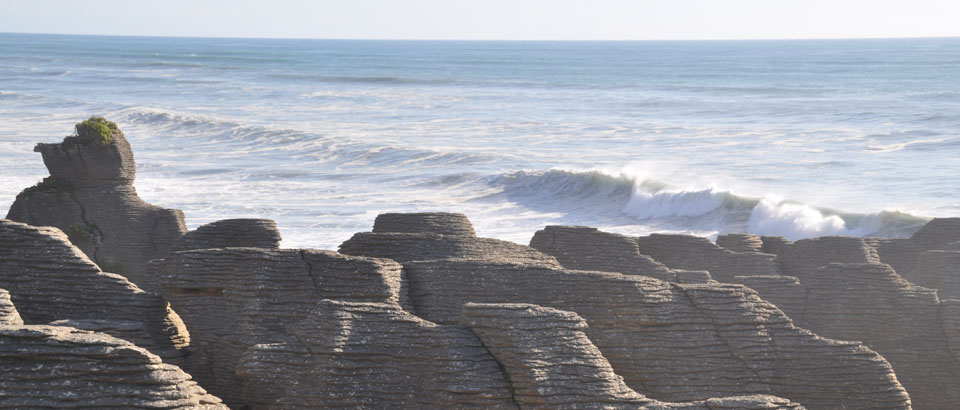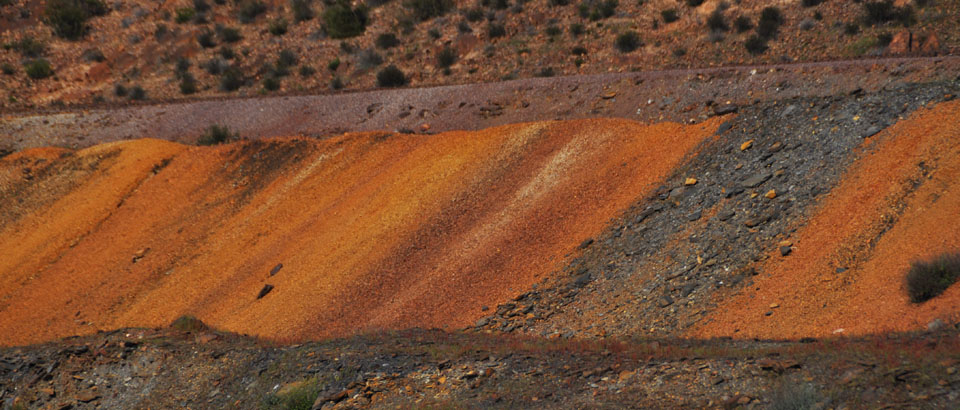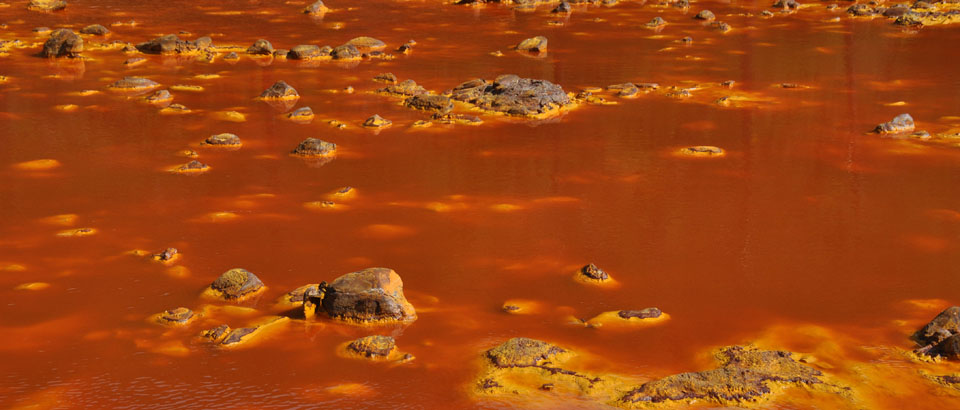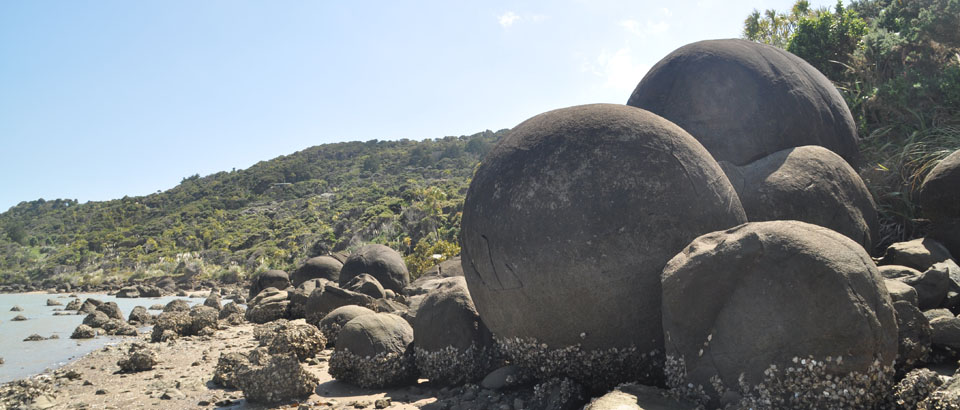White mica crystallinity, Finite strain and cleavage development across a large structure (Narcea Antiform, Variscan Belt of NW Spain). G. Gutiérrez-Alonso y F. Nieto, 1996 Journal of the Geological Society, London, 153, 267-299. DESCARGAR-DOWNLOAD.
RESUMEN-ABSTRACT
Abstract: X-ray diffraction analyses were performed on white-micas, formed under strain and low-grade metamorphic conditions, from sandstones and siltstones along a transect through the Narcea Antiform, a large structure that separates the external from the internal zones of the Variscan belt of NW Spain. The results indicate a close spatial relationship between the onset of metamorphism and the cleavage front. At the cleavage front, strain is characterized by oblate ellipsoids that have X=Y:Z ratios from 1 to 1.5. The X=Y:Z ratio increases westward (up to 3.0), as does the grade of metamorphism, and is accompanied by an increase in the “crystallinity” index of the white-mica from very low to low metamorphic grade. This increase corresponds qualitatively to an increase in penetrativeness of the axial planar cleavage. In the western part of the Narcea Antiform, the major deformation event was the development of kilometer-scale, reverse shear zones. Because of polyphase deformation, these rocks are not suitable for quantitative strain analysis, but qualitatively, finite strain can be observed to be prolate and invariably larger in this region than in the eastern sector. The metamorphic grade is higher in the western part of the Narcea Antiform, with local maxima occurring next to the base of the shear zones. The b0 cell parameter, a semi-quantitative geobarometer measured in the white-mica, is chaotic in the Eastern sector, showing a clear detrital inheritance. In the western sector it is rational due to complete re-equilibration during thermal resetting. The inverse correlation between finite strain and white-mica “crystallinity” is close, showing that the anchizone-epizone limit can be related to the increase of finite strain above values of Rs=1.5. The close relation between white-mica “crystallinity” and strain is suitable for tracking strain variations in extensive fine-grained siliciclastic rocks where no appropiate strain markers are found.
Keywords:
White-mica, “crystallinity”, structural geology, strain and cleavage


